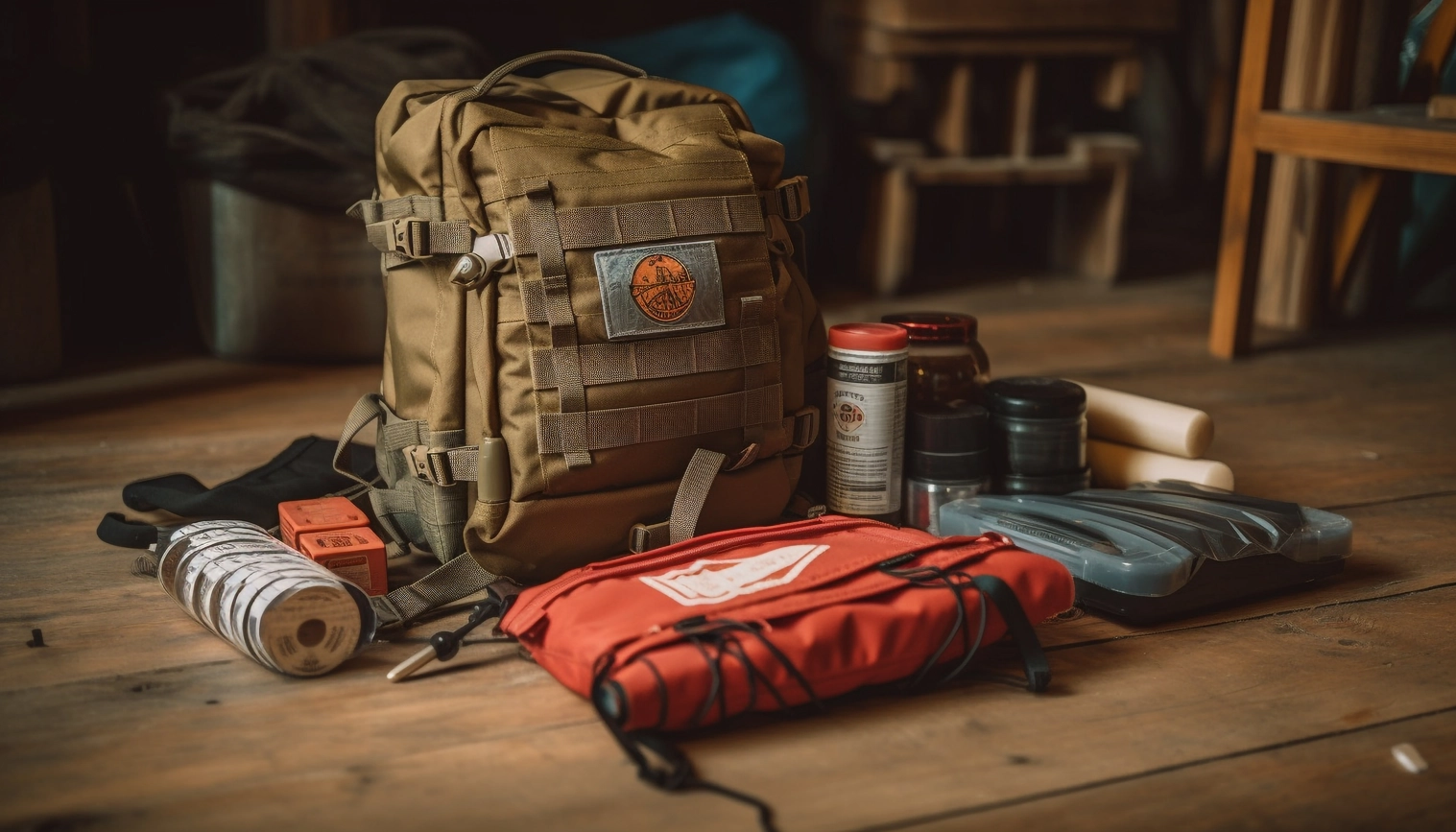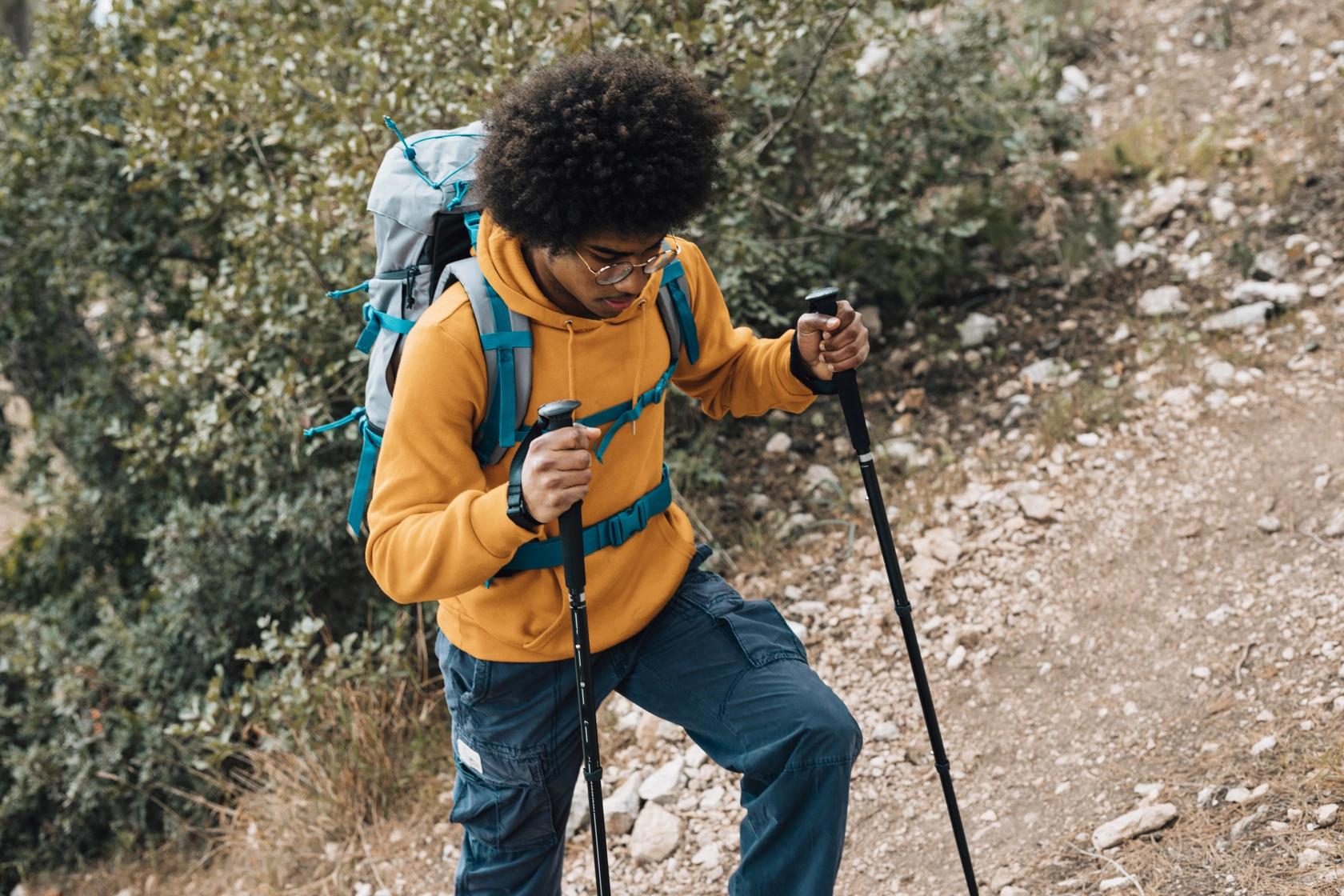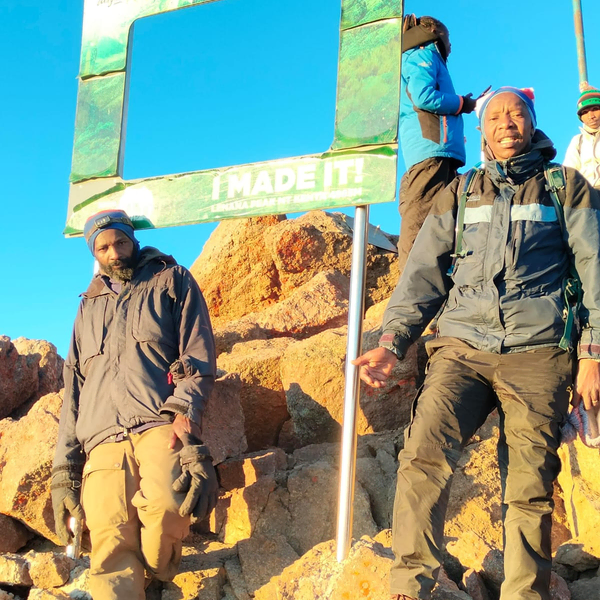Introduction
Mt. Kenya is a thrilling adventure that demands thorough physical preparation. The diverse and challenging terrain of this iconic mountain requires hikers to be in peak physical condition, equipped with the right knowledge and gear to tackle the ascent successfully. This comprehensive guide covers essential aspects of preparing for a Mt. Kenya hike, including physical conditioning, nutrition and hydration, gear and equipment, altitude acclimatization, safety measures, and rest and recovery strategies. By following these guidelines, hikers can enhance their performance, ensure their safety, and fully enjoy the breathtaking experience of summiting Mt. Kenya.
Physical Conditioning
Strength Training
- Focus on leg strength exercises such as squats, lunges, and step-ups.
- Incorporate core workouts to stabilize your body and improve balance.
- Add upper body exercises like push-ups and pull-ups to manage backpack weight.
Endurance Workouts
- Engage in regular cardiovascular activities like running, cycling, or swimming.
- Practice long hikes with a loaded backpack to simulate trail conditions.
- Include interval training to boost cardiovascular capacity.
Flexibility Exercises
- Perform daily stretching routines targeting all major muscle groups.
- Incorporate yoga sessions to enhance flexibility and reduce injury risk.
- Focus on dynamic stretches before workouts and static stretches after.
Nutrition and Hydration

Balanced Diet
- Consume a variety of foods to ensure a balanced intake of proteins, carbs, and fats.
- Include plenty of fruits and vegetables for vitamins and minerals.
- Opt for whole grains over refined grains for sustained energy release.
Hydration Tips
- Drink water consistently throughout the day; aim for at least 3 liters daily.
- Use electrolyte tablets or drinks to maintain electrolyte balance.
- Avoid excessive caffeine and alcohol as they can dehydrate you.
Pre-hike Meal Planning
- Plan high-energy meals rich in carbohydrates and proteins.
- Prepare snacks like nuts, dried fruits, and energy bars for quick energy.
- Test your meal plan during training hikes to ensure it meets your energy needs.
Gear and Equipment

Proper Footwear
- Invest in high-quality hiking boots with good ankle support and grip.
- Break in your boots during training hikes to prevent blisters.
- Wear moisture-wicking socks to keep your feet dry and comfortable.
Backpack Essentials
- Carry a first aid kit, navigation tools (map, compass, GPS), and a multi-tool.
- Pack lightweight, high-calorie food and plenty of water.
- Include layers of clothing to adapt to changing weather conditions.
Clothing Layers
- Wear moisture-wicking base layers to keep sweat off your skin.
- Use insulating mid-layers like fleece for warmth.
- Pack a waterproof and windproof outer layer to protect against the elements.
Altitude Acclimatization

Gradual Ascent Strategy
- Plan your hike with gradual elevation gains to allow your body to adjust.
- Include rest days in your itinerary to facilitate acclimatization.
- Ascend slowly and avoid overexertion, especially in the early stages.
Hydration at Altitude
- Increase water intake as altitude can cause quicker dehydration.
- Monitor urine color as an indicator of hydration levels.
- Eat hydrating foods like fruits and soups.
Symptoms of Altitude Sickness
- Recognize symptoms such as headaches, nausea, dizziness, and fatigue.
- Descend immediately if symptoms worsen despite rest.
- Consult with a healthcare provider about preventive medications like acetazolamide.
Safety Measures
Emergency Contact Information
- Share your itinerary and contact details with a trusted person.
- Carry a mobile phone or satellite communication device for emergencies.
- Know the contact information for local rescue services.
First Aid Kit Essentials
- Include items like bandages, antiseptics, pain relievers, and blister treatments.
- Pack any personal medications and an emergency blanket.
- Learn basic first aid skills relevant to hiking injuries.
Weather Monitoring
- Check weather forecasts regularly and adjust plans as needed.
- Be prepared for sudden weather changes common in mountain environments.
- Understand the signs of dangerous weather conditions like storms or extreme cold.
Rest and Recovery
Importance of Rest Days
- Schedule rest days to allow your muscles to recover and adapt.
- Use rest days to assess and treat any developing injuries or strains.
- Engage in light activities like walking or gentle stretching to stay limber.
Post-hike Stretching
- Stretch major muscle groups focusing on legs, back, and shoulders.
- Hold each stretch for at least 30 seconds to improve flexibility.
- Incorporate foam rolling to release muscle tension and improve recovery.
Recovery Nutrition
- Consume protein-rich foods to repair muscles and support recovery.
- Include carbohydrates to replenish glycogen stores.
- Stay hydrated and consider electrolyte replenishment if needed.
Conclusion
Conquering Mt. Kenya is a rewarding endeavor that combines physical challenge with the beauty of nature. Proper preparation is key to a successful and enjoyable hike. By focusing on physical conditioning, maintaining a balanced diet, staying hydrated, and selecting the right gear, hikers can significantly improve their readiness for the climb. Understanding altitude acclimatization, adhering to safety measures, and prioritizing rest and recovery further enhance the chances of a safe and memorable journey.

